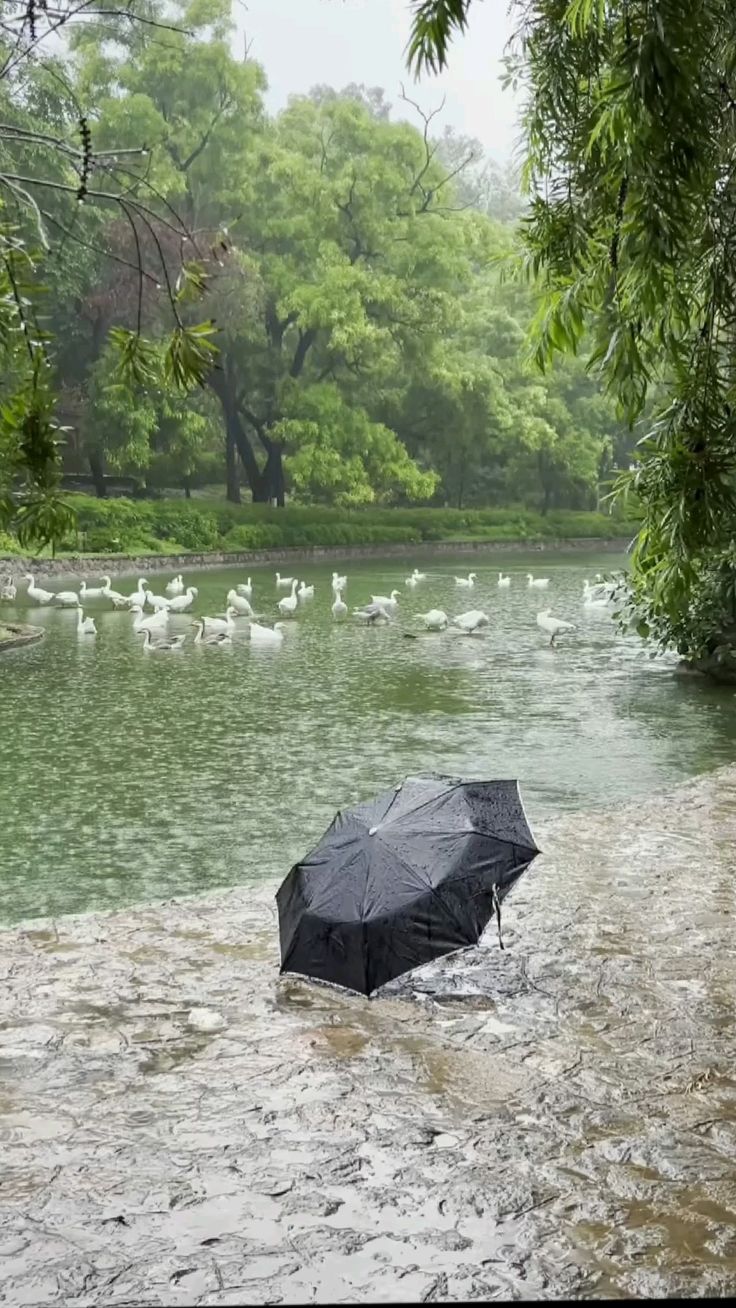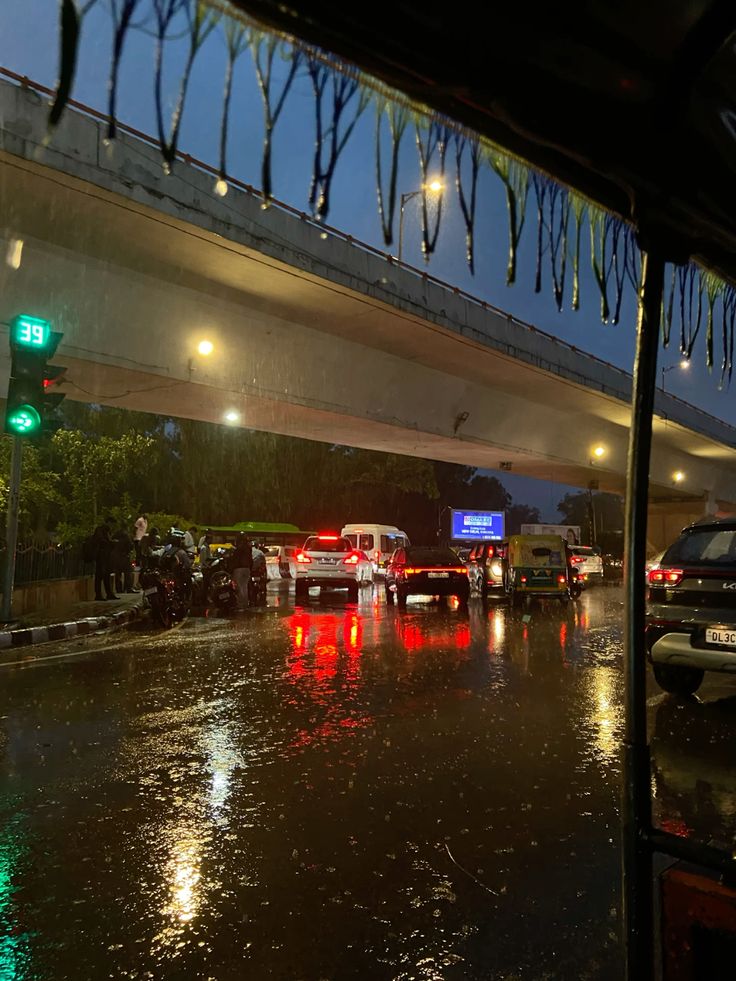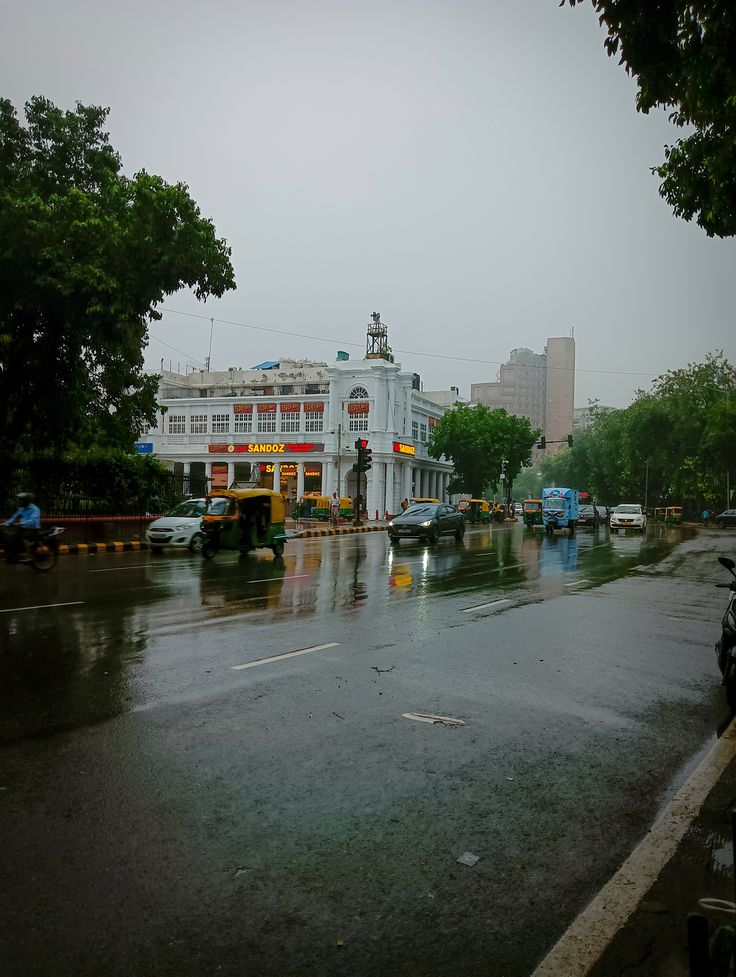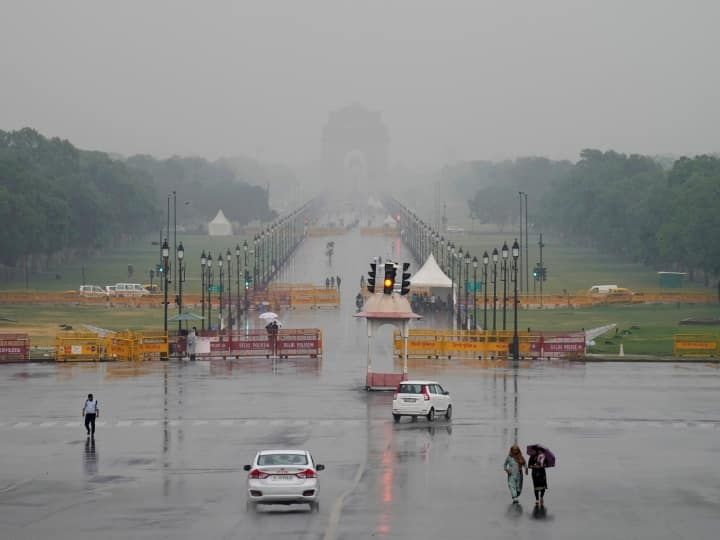Delhi-NCR is no stranger to dramatic weather shifts. The region, known for its extreme summers and unpredictable monsoon, experienced another episode of meteorological drama on Friday evening. Light rainfall and thunderstorms, accompanied by gusty winds, swept across parts of the Capital and its neighboring cities. This welcome change came just two days after the city was shrouded in dust-laden winds, which had pushed the air quality index (AQI) to ‘poor’ levels and reduced visibility to concerning lows.

The Sequence of Events: From Dust Storms to Downpours
Dust-Laden Winds and Poor Air Quality
Earlier in the week, residents of Delhi-NCR woke up to an eerie haze. Dust-laden winds, originating from Pakistan and western Rajasthan, swept into the region, blanketing the city in fine particulate matter. The AQI quickly deteriorated, entering the ‘poor’ category. Visibility plummeted, and the city’s iconic skyline disappeared behind a veil of dust.
For many, this was a familiar yet unwelcome sight. Delhi’s air quality is frequently in the news, especially during the winter months when stubble burning and weather patterns trap pollutants close to the ground. However, dust storms in the pre-monsoon season add another layer of complexity to the city’s air quality woes.
The Arrival of Rain and Thunderstorms
On Friday evening, the weather took a dramatic turn. Dark clouds gathered, and soon, light rainfall and thunderstorms swept through various parts of Delhi-NCR. Gusty winds rattled windows and sent leaves swirling through the air. For many residents, the rain was a welcome relief, washing away some of the dust and bringing a temporary respite from the oppressive heat.
The rainfall, though not heavy, was enough to dampen the ground, settle airborne particles, and clear the air. The accompanying thunderstorms added a touch of drama, with flashes of lightning illuminating the sky and the rumble of thunder echoing across the cityscape.
Understanding the Weather Patterns
Why Did Dust-Laden Winds Arrive?
The arrival of dust-laden winds in Delhi-NCR is often linked to weather systems in the western part of the Indian subcontinent. During the pre-monsoon season, strong winds can pick up dust from the arid regions of Pakistan and Rajasthan and carry it eastward. These winds are typically associated with high-pressure systems and the movement of air masses across the plains.
When these dust-laden winds reach Delhi, they bring with them large quantities of particulate matter. This not only reduces visibility but also significantly worsens air quality. The fine dust particles can remain suspended in the air for hours or even days, affecting both the environment and public health.
The Role of Rainfall and Thunderstorms
Rainfall and thunderstorms can have a cleansing effect on the atmosphere. When rain falls, it captures and brings down airborne dust and pollutants, effectively “washing” the air. Thunderstorms, with their strong updrafts and downdrafts, can also help disperse pollutants and improve air circulation.
The gusty winds that often accompany thunderstorms can be a double-edged sword. On one hand, they help disperse pollutants and clear the air. On the other, if they originate from dusty regions, they can bring in more particulate matter before the rain arrives.


Impact on Air Quality and Visibility
The AQI Rollercoaster
The air quality index (AQI) is a measure of how clean or polluted the air is. In the days leading up to Friday’s rainfall, the AQI in Delhi-NCR had deteriorated to ‘poor’ levels due to the influx of dust. Residents reported irritation in the eyes and throat, and those with respiratory conditions were advised to take precautions.
With the arrival of rain, the AQI showed signs of improvement. The rain helped settle the dust, and the air felt fresher and cleaner. However, such improvements are often temporary. Once the rain stops and the winds die down, pollutants can accumulate again, especially if there are no further weather disturbances to disperse them.
Visibility: From Haze to Clarity
Reduced visibility is one of the most immediate effects of dust storms. In Delhi, visibility can drop to a few hundred meters during severe dust events, disrupting traffic, delaying flights, and causing general inconvenience. The rainfall on Friday evening helped clear the air, restoring visibility and making the city’s landmarks visible once again.
The Human Experience: How Residents Coped
Daily Life Disrupted
Dust storms and poor air quality have tangible effects on daily life. Schools and offices often issue advisories, urging people to stay indoors and limit outdoor activities. Those who must venture out wear masks or cover their faces with scarves. Outdoor workers, such as construction laborers and street vendors, are particularly vulnerable.
The arrival of rain brings a sense of relief. Children rush outside to play in the drizzle, and adults enjoy the cooler temperatures. However, the sudden change in weather can also cause disruptions, such as waterlogging, traffic jams, and power outages.
Health Concerns
Dust and poor air quality can exacerbate respiratory problems, especially for the elderly, children, and those with pre-existing conditions like asthma. Hospitals often report an increase in cases of breathing difficulties, eye irritation, and allergies during dust storms.
Rainfall helps by clearing the air, but it can also bring its own set of challenges, such as an increase in mosquito breeding due to standing water. Residents are advised to take precautions, such as using air purifiers, keeping windows closed during dust storms, and ensuring proper drainage after rain.


The Broader Environmental Context
The Pre-Monsoon Season in Delhi-NCR
The period between the end of winter and the onset of the monsoon is known for its unpredictable weather in Delhi-NCR. Temperatures soar, humidity rises, and the region often experiences a mix of dry winds, dust storms, and occasional thunderstorms. These weather patterns are influenced by a complex interplay of local and regional factors, including the movement of air masses, the heating of the land, and the approach of the monsoon.
Climate Change and Weather Extremes
There is growing evidence that climate change is making weather patterns more erratic. Unseasonal dust storms, intense heatwaves, and sudden downpours are becoming more common in many parts of India, including Delhi-NCR. Scientists warn that rising temperatures and changing wind patterns could lead to more frequent and severe weather events in the future.
Coping Strategies and Adaptation
What Can Residents Do?
While individuals cannot control the weather, there are steps that residents can take to protect themselves during periods of poor air quality and sudden weather changes:
-
Monitor AQI: Use apps and websites to stay informed about air quality levels and take precautions when the AQI is poor.
-
Stay Indoors: Limit outdoor activities during dust storms and thunderstorms.
-
Use Air Purifiers: Consider using air purifiers at home, especially for those with respiratory conditions.
-
Stay Hydrated: Drink plenty of water to help your body cope with heat and dust.
-
Prepare for Rain: Ensure proper drainage around your home to prevent waterlogging after rain.
The Role of Authorities
City authorities play a crucial role in managing the impact of extreme weather. This includes issuing timely advisories, ensuring the availability of medical facilities, managing traffic during low visibility, and maintaining drainage systems to prevent flooding. Public awareness campaigns can also help residents understand the risks and take appropriate precautions.
New Delhi, Delhi, India 14 day weather forecast
Looking Ahead: What’s Next for Delhi-NCR?
The Monsoon on the Horizon
The arrival of rain and thunderstorms in May is often seen as a precursor to the monsoon, which typically arrives in Delhi-NCR in late June or early July. The pre-monsoon showers help cool the city and settle dust, but they are usually sporadic and short-lived.
As the monsoon approaches, residents can expect more frequent rainfall, higher humidity, and a gradual improvement in air quality. However, the transition period can be marked by sudden weather changes, so it is important to stay prepared.
Long-Term Solutions
Improving air quality in Delhi-NCR requires long-term solutions, including reducing emissions from vehicles and industries, controlling dust from construction sites, and increasing green cover. Regional cooperation is also essential, as dust and pollutants often travel across state and national borders.


The recent spell of light rainfall and thunderstorms in Delhi-NCR brought much-needed relief after days of dust-laden winds and poor air quality. These dramatic weather shifts are a reminder of the region’s vulnerability to both natural and human-induced environmental challenges.
As Delhi-NCR continues to grapple with the effects of climate change, urbanization, and pollution, it is essential for residents, authorities, and policymakers to work together to build resilience and adapt to a changing climate. While we cannot control the weather, we can take steps to protect our health, improve our environment, and ensure a safer, cleaner, and more sustainable future for all.
FOR MORE SUCH UPDATES: Home | Channel 6 Network – Latest News, Breaking Updates: Politics, Business, Tech & More

